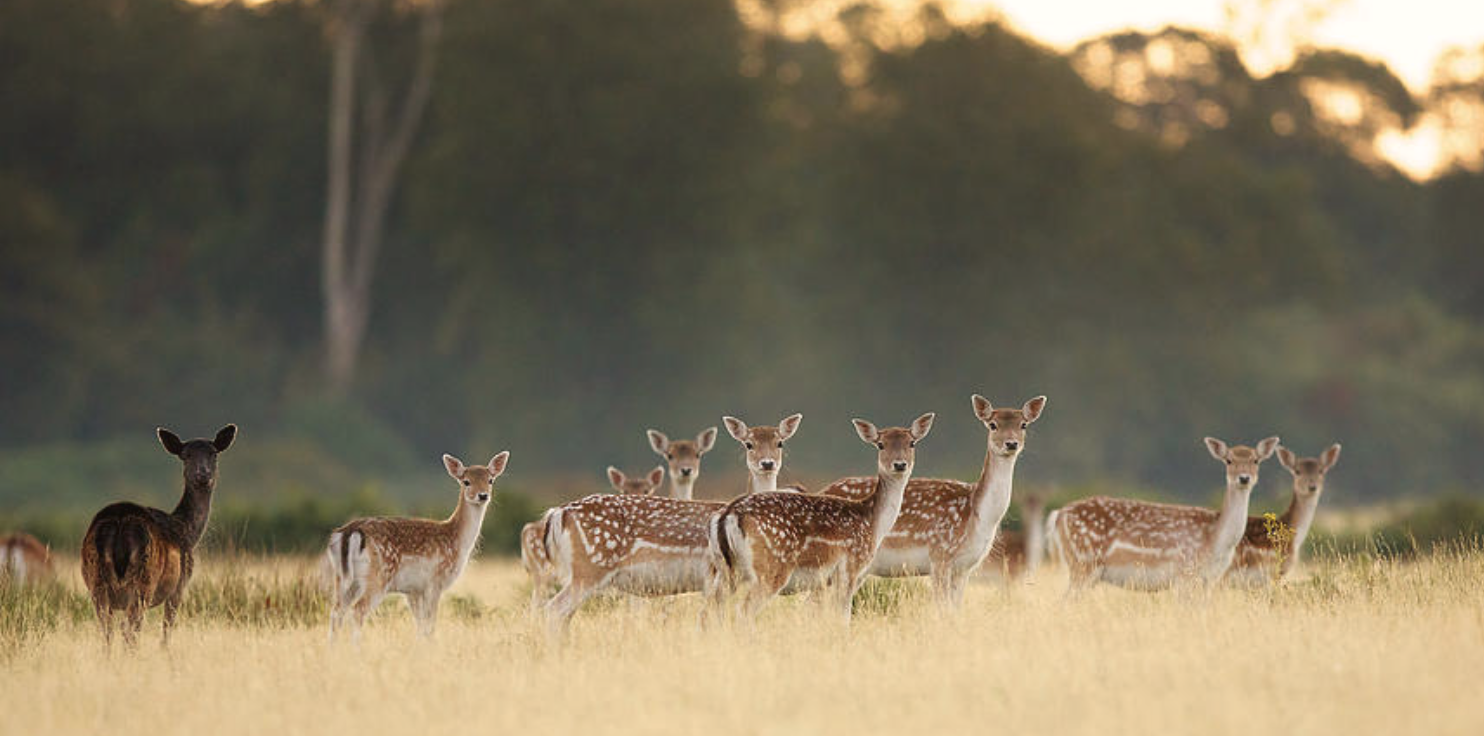
Background
Aims
There is a growing interest in the scientific community for the response of animal populations to global warming. Increasing temperatures may imply difficulties for animals, like the reduction of food and water availability, or the spread of pathogens and invasive species that can compete for habitat and resources. Since behaviour is the most external indicator of animal responses to changes, assessing the effects of temperatures on animal activity is crucial in predicting responses to global warming.
Moreover, in addition to the increasing temperatures, other stressors, like predator presence and human disturbance, may influence the behaviour of different species.
In this study I analysed the effects of multiple potential stressors simultaneously.
- Analyse the direct effect of temperature on the temporal activity pattern of the three species in study (i.e., roe deer, fallow deer, and wild boar)
- Assess possible changes in their activity patterns due to the relative effect of the environmental stressors (i.e., temperature, predator presence, and human disturbance)
- Evaluate if one of those stressors has a stronger impact than the others on the study species
References:
Altizer, S., Ostfeld, R.S., Johnson, P.T., Kutz, S., & Harvell, C.D. (2013). Climate change and infectious diseases: from evidence to a predictive framework. Science, 341, 514-519.
Balbus, J., Crimmins, A., Gamble, J.L., Easterling, D., Kunkel, K., Saha, S., & Sarofim, M.C. (2016). Ch.1: Introduction: Climate change and human health. The impacts of climate change on human health in the United States: A scientific assessment. U.S. Global Change Research Program, Washington, DC, 25-42.
Frid, A., & Dill, L. (2002). Human-caused disturbance stimuli as a form of predation risk. Conservation ecology, 6, 1.
Gaynor, K.M., Hojnowski, C.E., Carter, N.H., & Brashares, J.S. (2018). The influence of human disturbance on wildlife nocturnality. Science, 360, 1232-1235.
Heino, J., Virkkala, R., & Toivonen, H. (2009). Climate change and freshwater biodiversity: detected patterns, future trends and adaptations in northern regions. Biological Reviews, 84, 39-54.
Humphries, M.M., Umbanhowar, J., & McCann, K.S. (2004). Bioenergetic prediction of climate change impacts on northern mammals. Integrative and Comparative Biology, 44, 152-162.
Lionello, P. & Scarascia, L. (2018). The relation between climate change in the Mediterranean region and global warming. Regional Environmental Change, 18, 1481-1493.
Parmesan, C. (2006). Ecological and evolutionary responses to recent climate change. Annual Review of Ecology, Evolution and Systematics, 37, 637-669.
Rossa, M., Lovari, S., & Ferretti, F. (2021). Spatiotemporal patterns of wolf, mesocarnivores and prey in a Mediterranean area. Behavioral Ecology and Sociobiology, 75, 1-13.
Thel, L., Garel, M., Marchand, P., Bourgoin, G., & Loison, A. (2024). Too hot or too disturbed? Temperatures more than hikers affect circadian activity of females in northern chamois. Animal Behaviour, 210, 347-367.
Wrona, F.J., Prowse, T.D., Reist, J.D., Hobbie, J.E., Lévesque, L.M., & Vincent, W.F. (2006). Climate change effects on aquatic biota, ecosystem structure and function. Ambio: A Journal of the Human Environment, 35, 359-369.